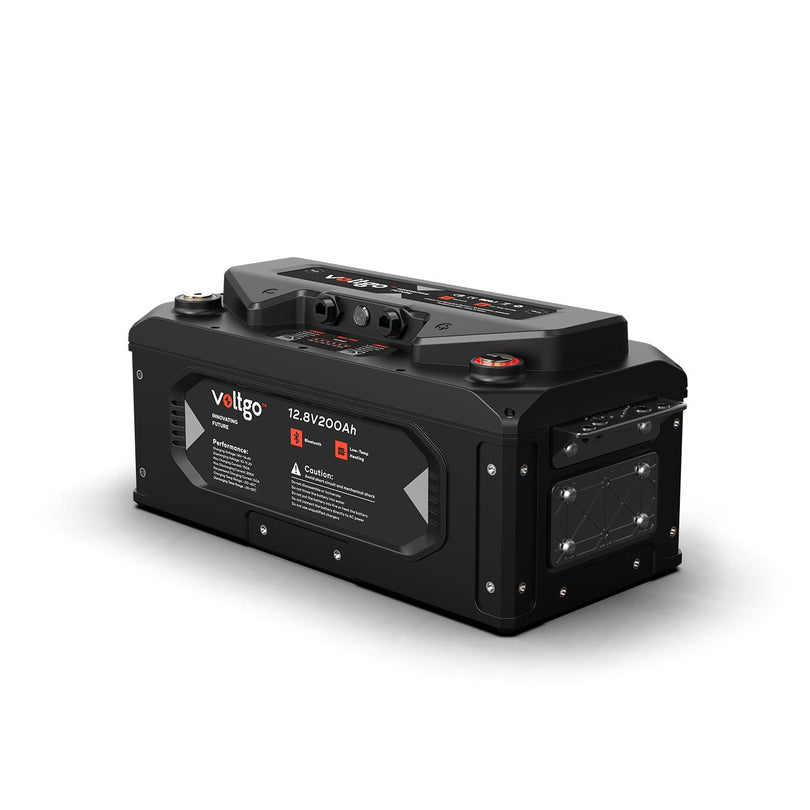- Charging a battery is most effective when its state-of-charge (SoC) is low. Charge acceptance decreases when the battery reaches a SoC of 70% and higher. A fully charged battery can no longer convert electric energy into chemical energy and charge must be lowered to trickle or terminated.
- Filling a battery beyond full state-of-charge turns excess energy into heat and gas. With Li-ion, this can result in a deposit of unwanted materials. Prolonged over-charge causes permanent damage.
- Use the correct charger for the intended battery chemistry. Most chargers serve one chemistry only. Make sure that the battery voltage agrees with the charger. Do not charge if different.
- The Ah rating of a battery can be marginally different than specified. Charging a larger battery will take a bit longer than a smaller pack and vice versa. Do not charge if the Ah rating deviates too much (more than 25 percent).
- A high-wattage charger shortens the charge time but there are limitations as to how fast a battery can be charged. Ultra-fast charging causes stress.
- A lead acid charger should switch to float charge when fully saturated; a nickel-based charger must switch to trickle charge when full. Li-ion cannot absorb overcharge and receives no trickle charge. Trickle charge and float charges compensate for the losses incurred by self-discharge.
- Chargers should have a temperature override to end charge on a faulty battery.
- Observe charge temperature. Lead acid batteries should stay lukewarm to the touch; nickel-based batteries will get warm towards the end of charge but must cool down on “ready.” Li-ion should not rise more than 10ºC (18ºF) above ambient when reaching full charge.
- Check battery temperature when using a low-cost charger. Remove battery when warm.
- Charge at room temperature. Charge acceptance drops when cold. Li-ion cannot be charged below freezing.



